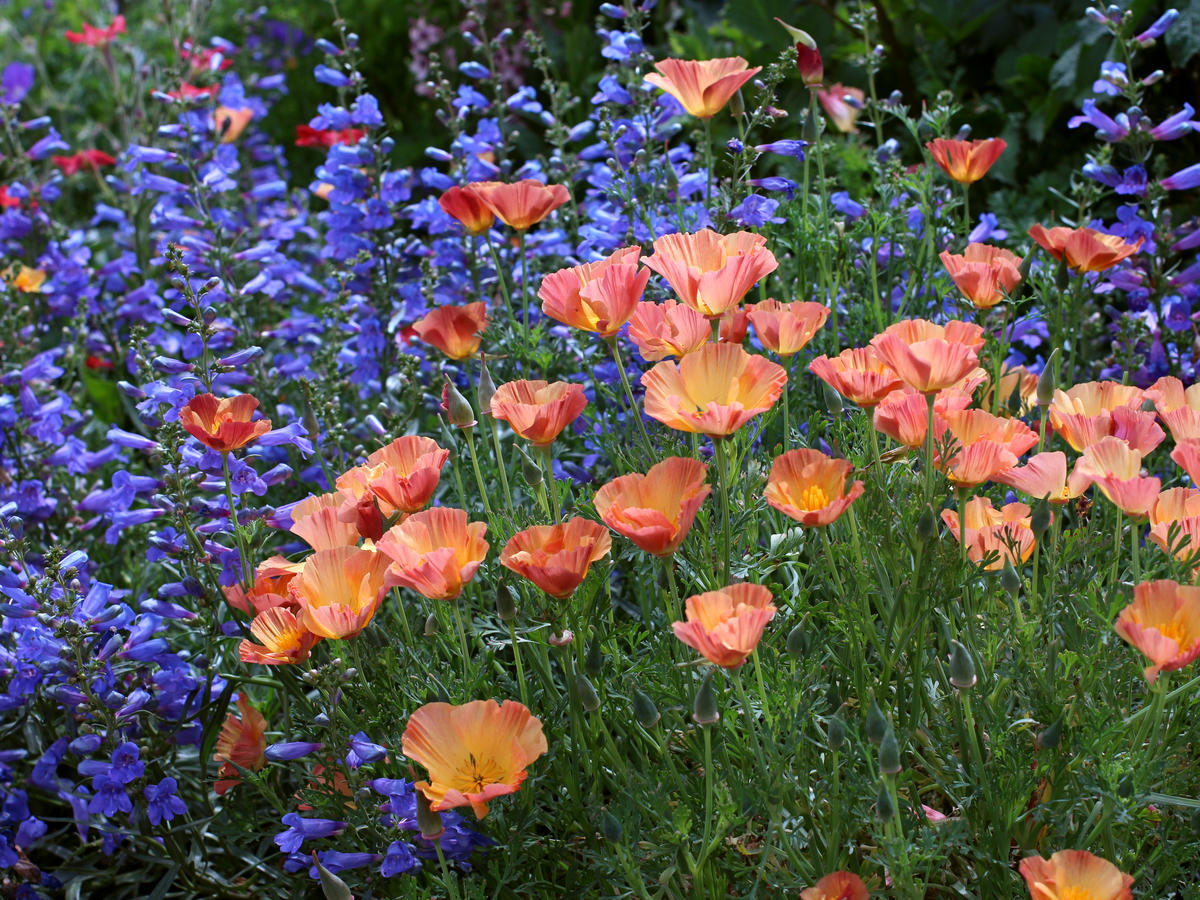
Sow These Seeds in Fall for a Head Start on Spring Blooms
Want to get a jump on spring blooms? Plant these hardy annual seeds in fall and let mother nature do the rest

Photo by Liz Rusby / Getty Images
Most people probably think that sowing seeds is a springtime endeavor, best saved for when the soils are warming up and the birds are all atwitter. That assumption wouldn’t be wrong, but I’m going to let you in on a little secret: you can also plant a lot of seeds in the fall and they’ll come up even earlier in the spring. Tons of annuals drop their seed in the fall anyway, and the seeds are naturally cold-stratified over the winter. Why not follow Mother Nature’s lead and spread seed after your fall cleanup, and let it settle in for awhile? Fun fact: You can even pull the seeds right off the plants already in your garden (especially if you’ve been a little lax on deadheading toward the end of the season).
Wildflower seed will definitely benefit from this approach, but plenty of gorgeous ornamental annuals will sit out the winter just as happily on the ground as in a paper envelope. Want to give it a shot in your own garden? All you need is a sunny spot and basic, well-drained soil. Here are a few of our favorite hardy annuals that can grow pretty much anywhere in the West.
Larkspur (Delphinium)

Photo by LyubovKro / Getty Images
Larkspurs aren’t just blousy spires of Delft-blue and indigo for edging English country gardens; these wildflowers also come in lush, creamy greens and leaner, wild forms, many of which are native to the West. Close relative doubtful knight’s-spur (Consolida ajacis) comes in every shade of pink, purple, and blue; ‘Misty Lavender’ is the most exquisite shade of pale periwinkle. Scatter seed on sunny patches of gravelly soil.
Poppies (Papaver)

Maureen P. Sullivan / Getty Images
Iceland poppies (Papaver nudicaule) like the one pictured add a touch of delicate softness to any flower bed. Breadseed poppy (a.k.a. opium poppy; P. somniferum) will provide flouncier blossoms on taller stems, though these will typically do better in areas with mild winters. Of these, we especially love the ultra-goth ‘Single Black.’
Love-in-the-Mist (Nigella)

Jacky Parker Photography / Getty Images






